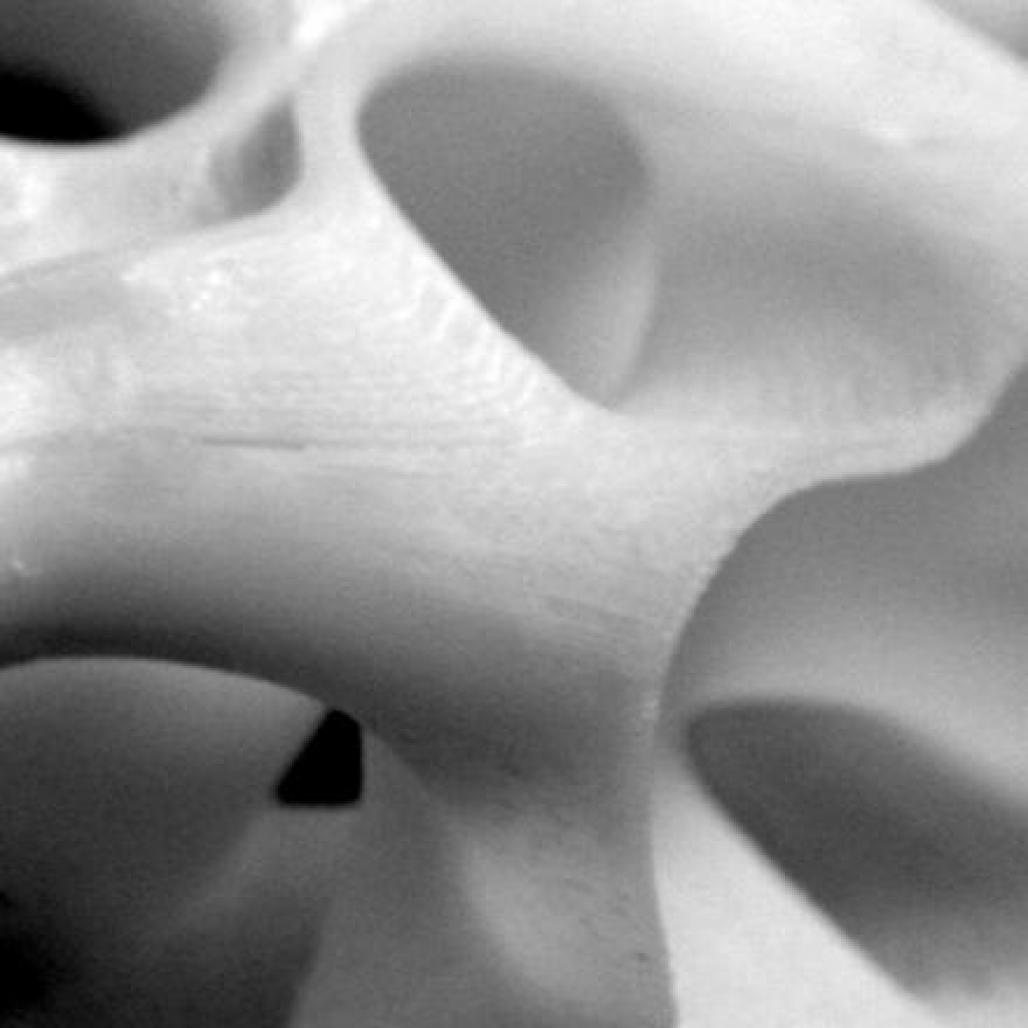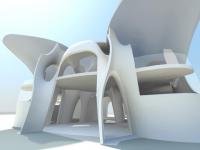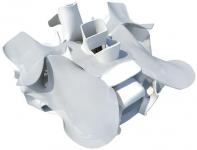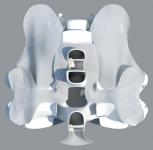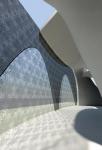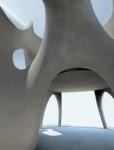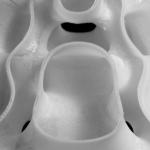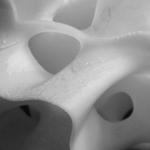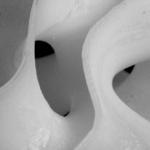GAD designers are adopting and appropriating techniques for new alternatives in architecture using mathematician, Stephen Wolfram’s computer program, ‘Mathematica.’
In typical fashion, GAD goes straight for the juggler and provocatively questions the most private and intimate of cultural typologies, ‘the domestic space.’ The featured project ‘Andalus,’ challenges and rethinks our preconceptions of domestic space. It is currently in the schematic design phase for a private client in Libya. Andalus uses the cellular automata principles of ‘Mathematica,’ to generate itself. The process calls for active indeterminate modules that organically emerge, morph and propagate while aligned with a set of programmatic parameters to negotiate formal and spatial results. GAD further embraces new techniques by using 3D printing to create quick physical models to study design relationships.
Andalus is one of the many experimental projects GAD is testing with this newly adopted technique. These experiments shift scales drastically, from exploring the potential of objects and furniture to studying the emergence of new urban conditions and infrastructures.
2007
